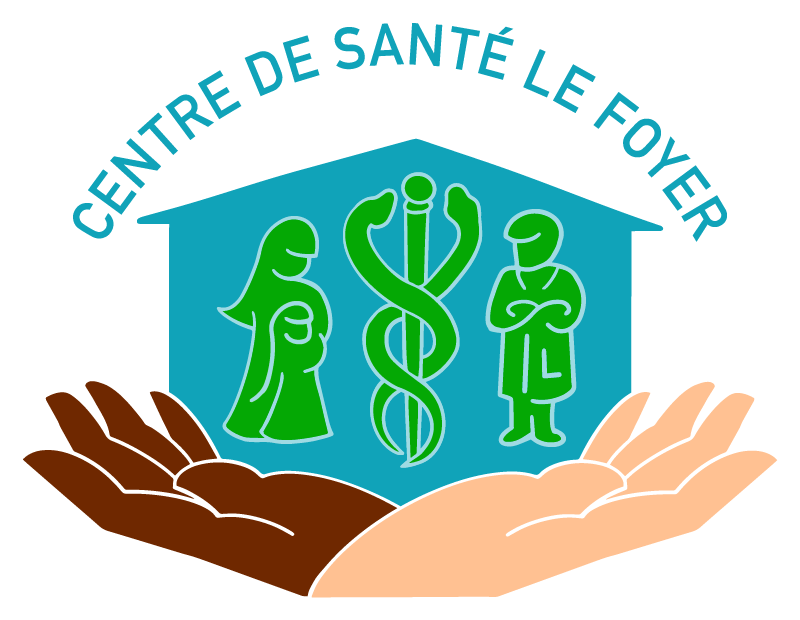The EU now has 27 members: the six founding countries, plus Denmark, Ireland, Greece, Spain, Portugal, Austria, Finland, Sweden, Cyprus, the Czech Republic, Estonia, Hungary, Latvia, Lithuania, Malta, Poland, Slovakia, Slovenia, Romania, Bulgaria and Croatia. In some areas, states cede their sovereignty to the EU, while in others they cooperate with each other. The history of the European institutions is extensively covered on the Expats in Brussels website:
www.expatsinbrussels.be/en/brussels-capital/brief-history-of-the-european-union
www.expatsinbrussels.be/fr/bruxelles-capitale/histoire-de-l-union-europeenne-en-bref
The EU institutions and bodies are summarised below:
- The European Parliament (directly elected by the citizens of the Member States)
- The Council of the EU (main decision-making centre, represents the governments of the Member States)
- The European Commission (the driving force of the Union and its executive body)
- The Court of Justice (ensures compliance with EU law)
- The Court of Auditors (controls the correct and legal use of the Union's budget).
In addition to these institutions, there are five important bodies: the Economic and Social Committee, the Committee of the Regions, the European Central Bank, the European Ombudsman and the European Investment Bank.
